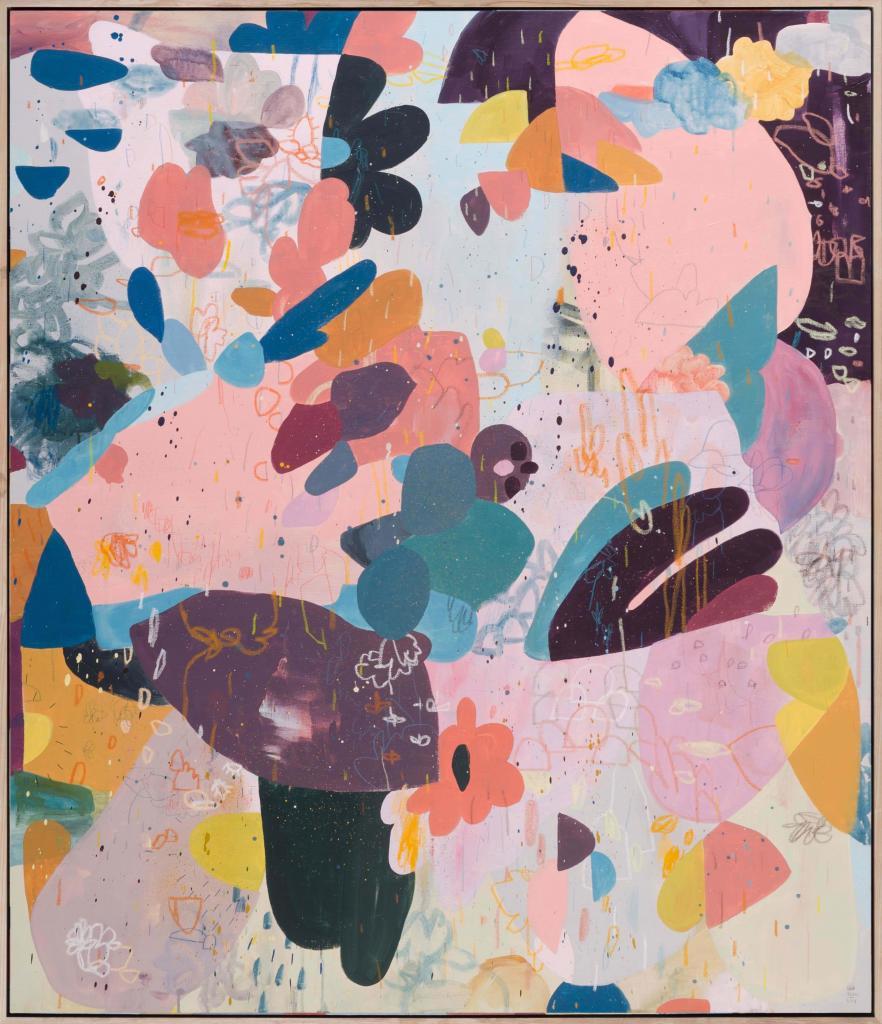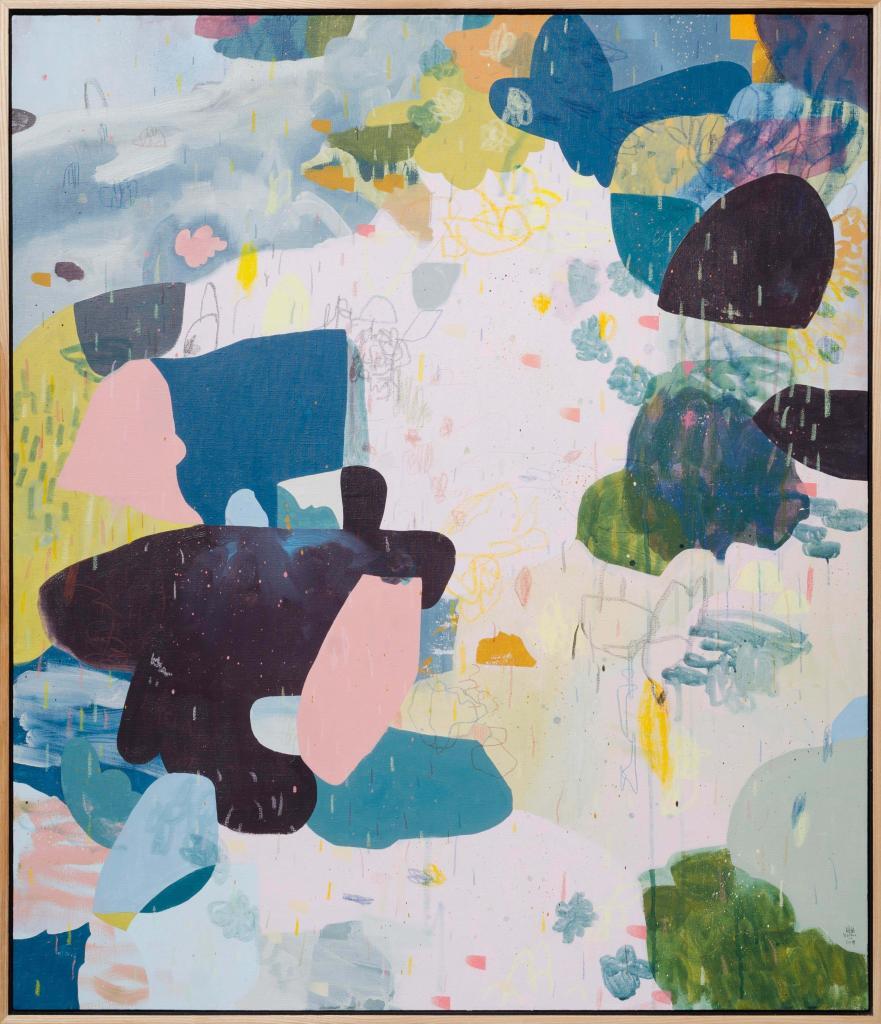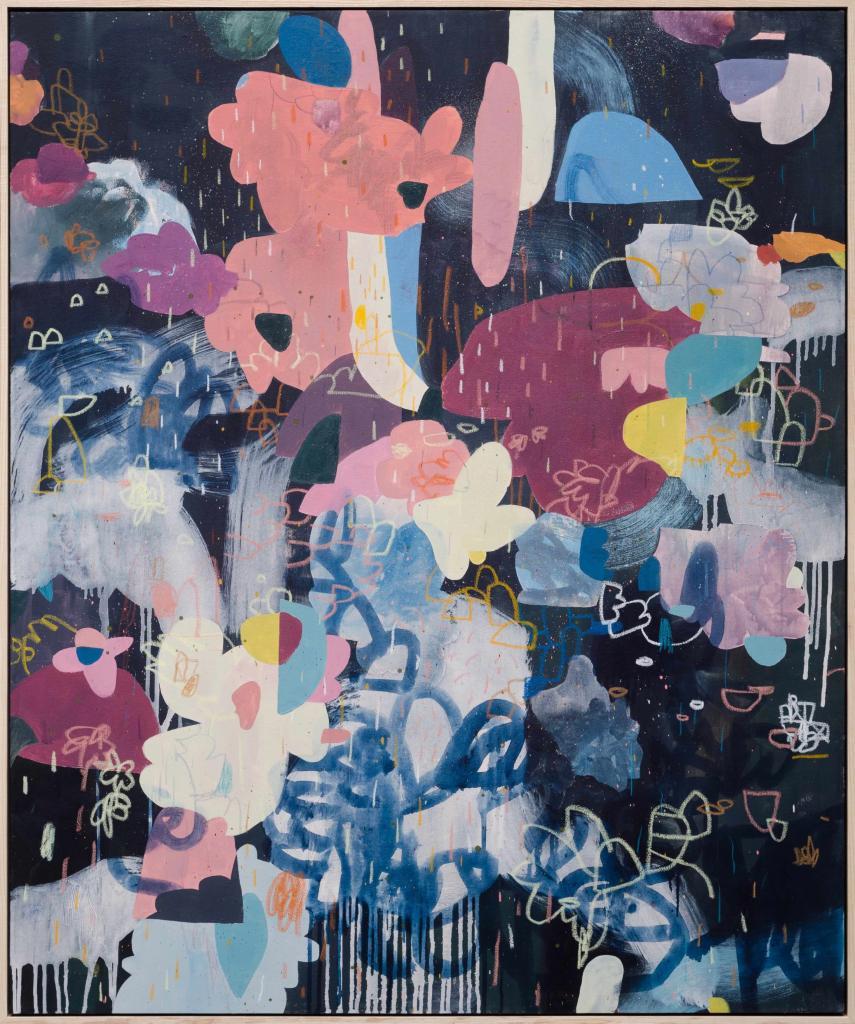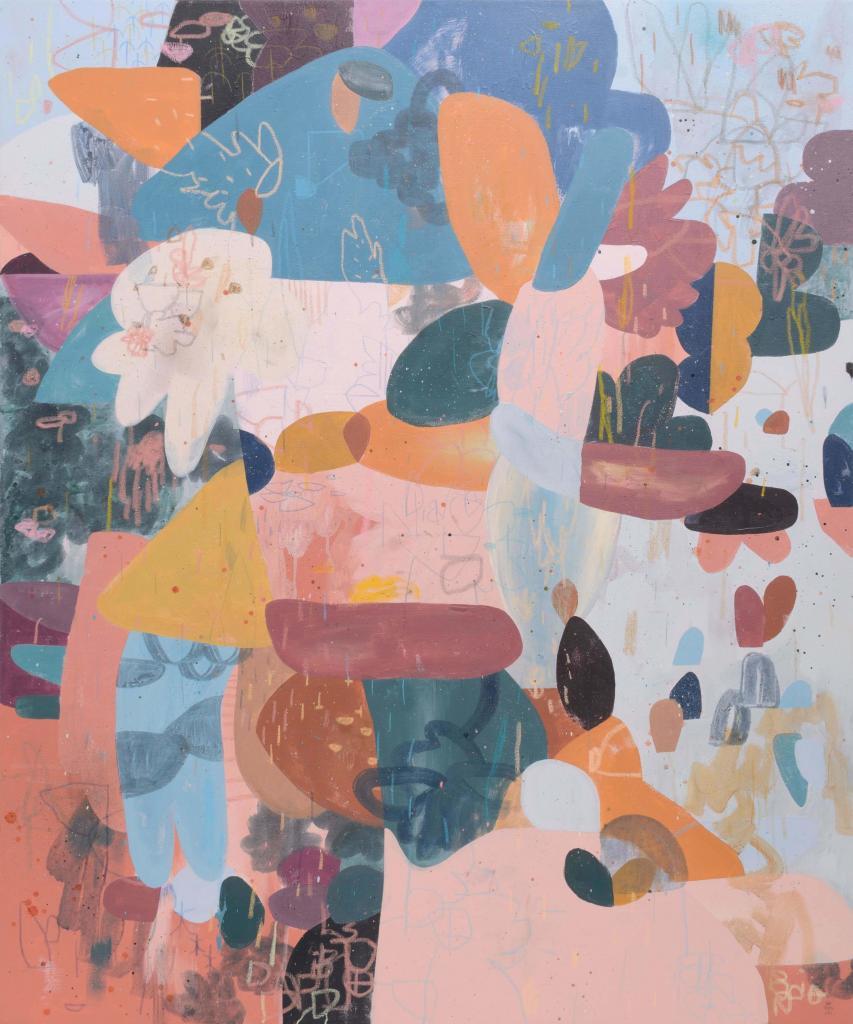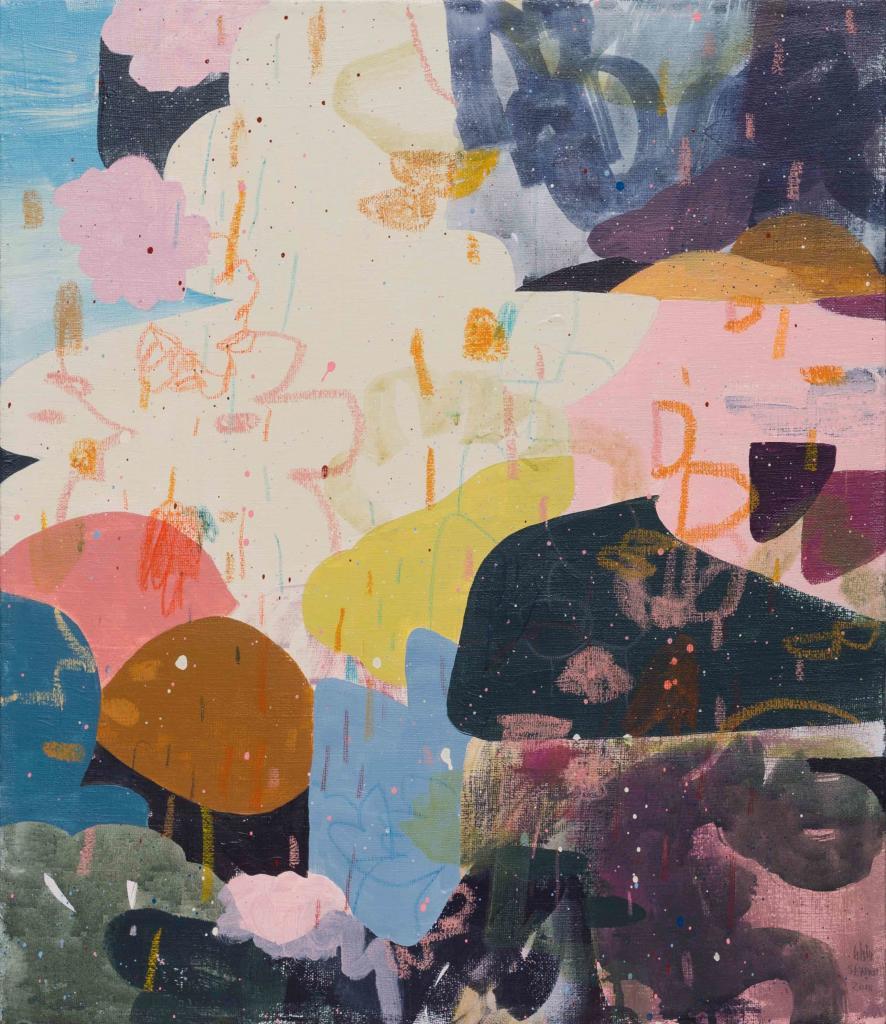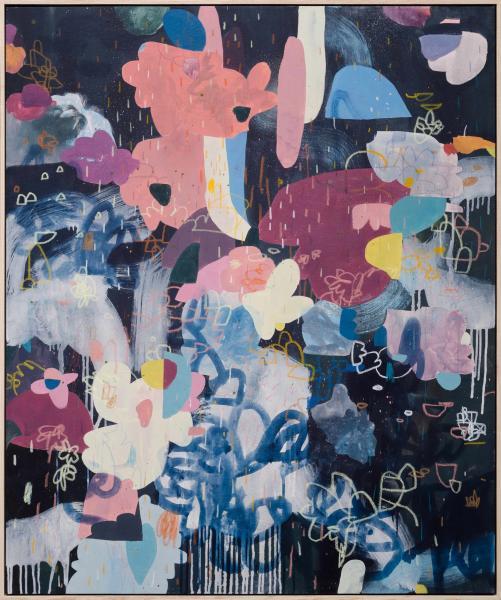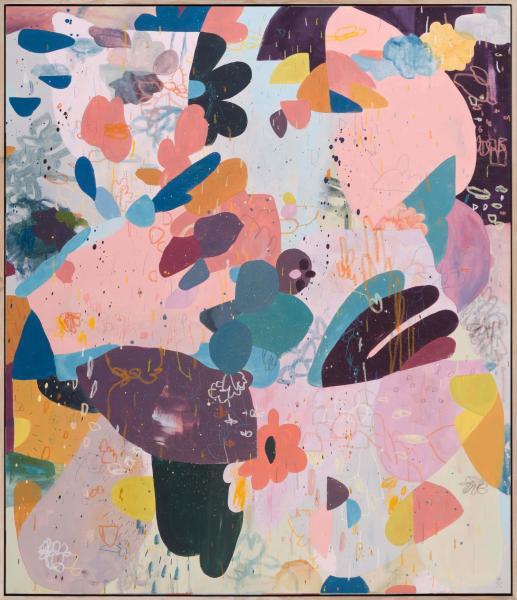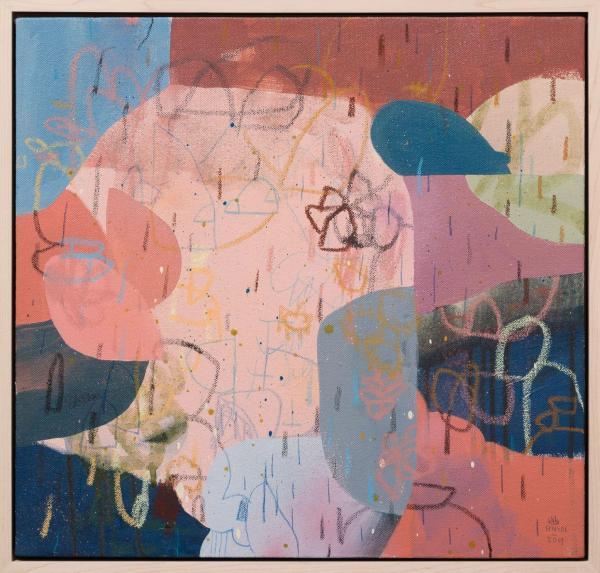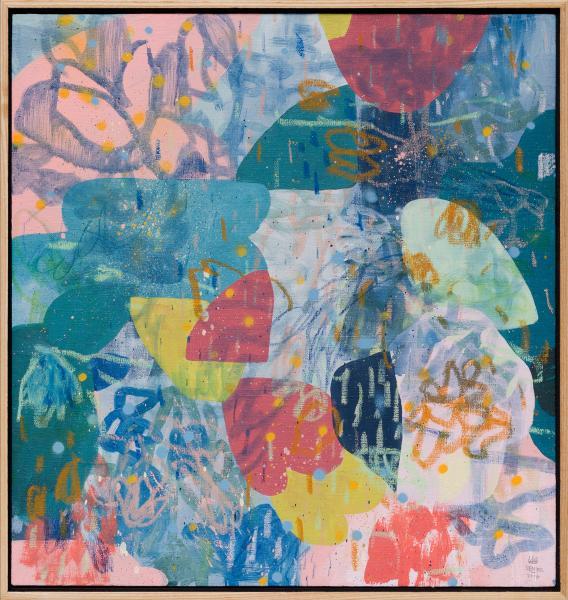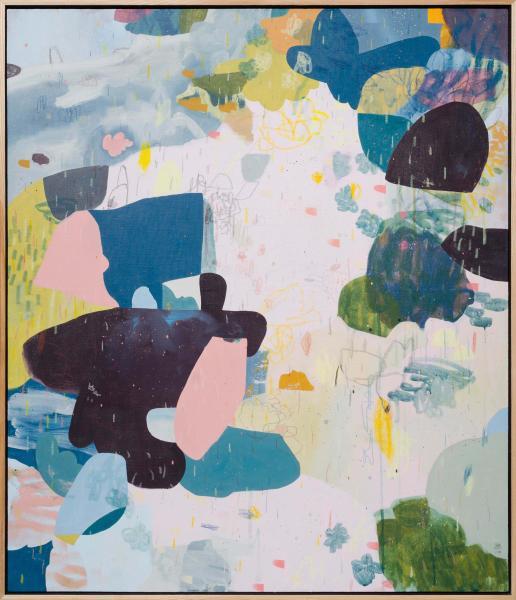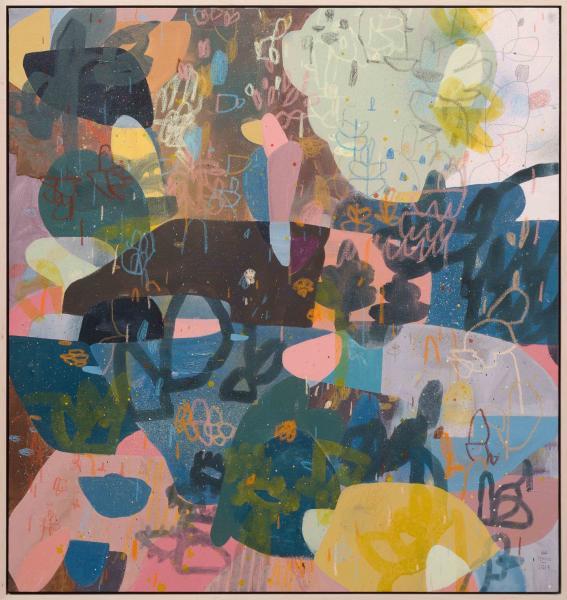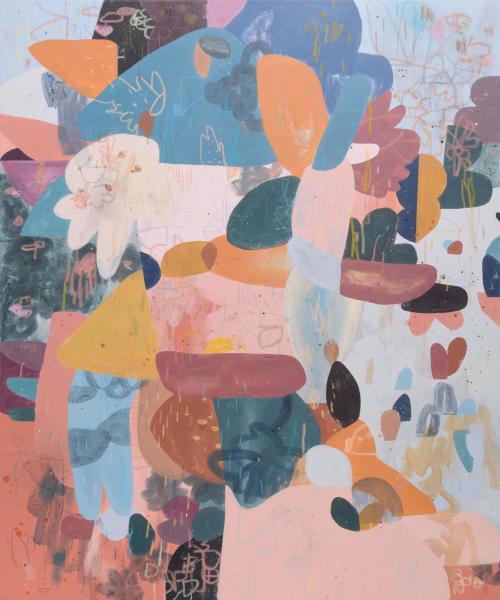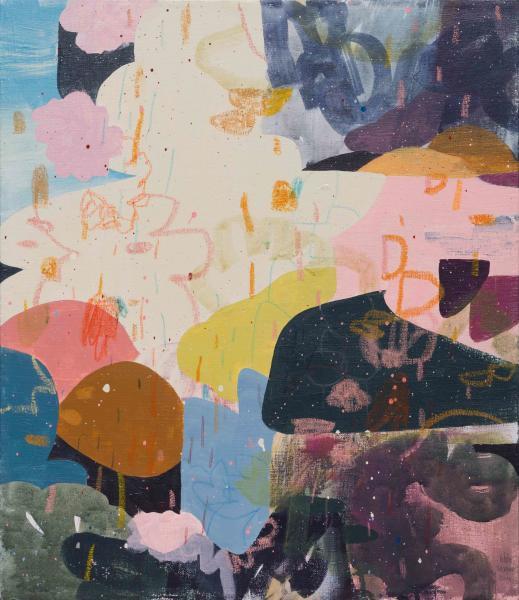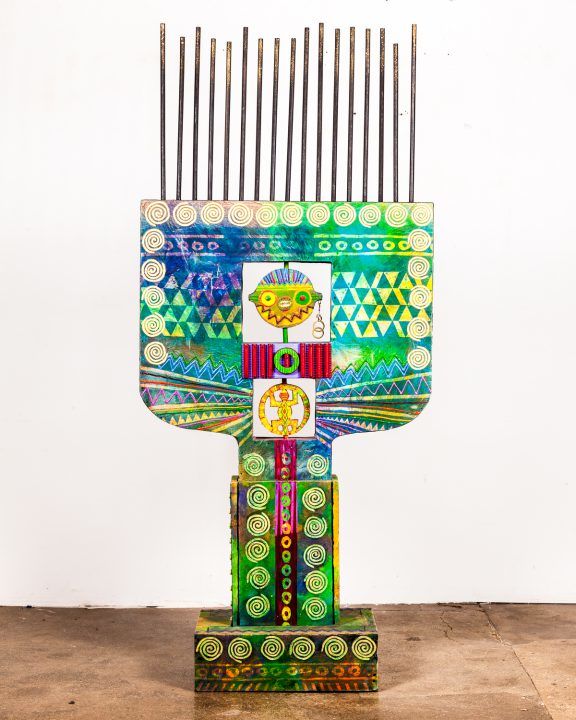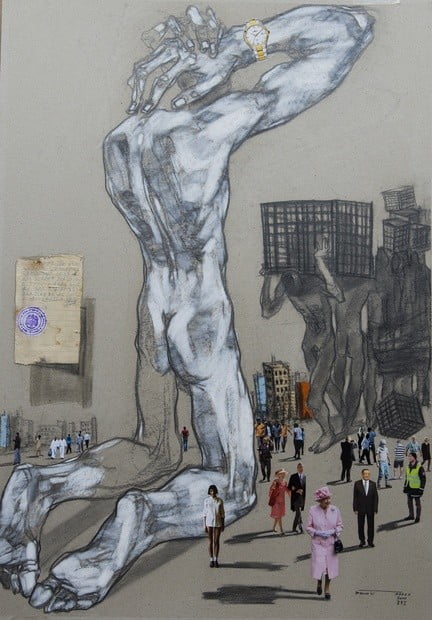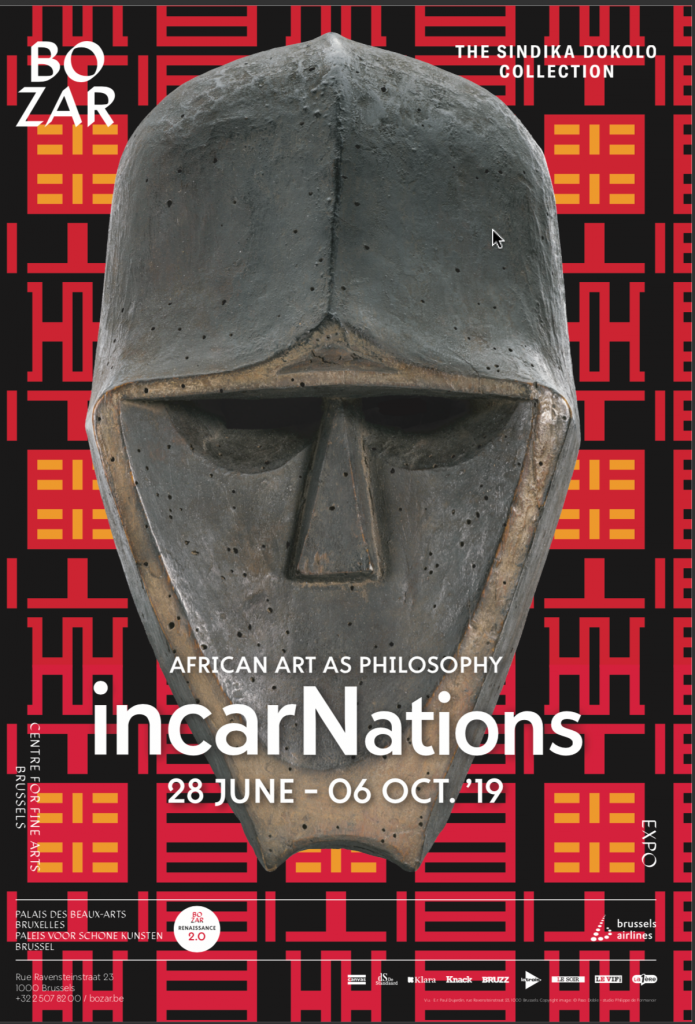Paul Senyol | Poetry through mark-making
A dot is a mark. Connected dots become a line. Connected lines become a shape. Multiple shapes, over time, become a pattern. A pattern becomes a poem.
“Markers” is a solo exhibition presented by Paul Senyol at David Krut Projects in Johannesburg (20 June to 13 July 2019). This record of spaces, traces and transition through mark-making coalesces paintings by the artist— reflecting beautiful poetry shaped by fluidity and movement. In this body of work, Senyol embraces liminality—both in form and in concept—liminality as a disorientation that occurs when we are in transition or in between. For him, this sense of disorientation and reflection upon it, comes through his observation of the environment.
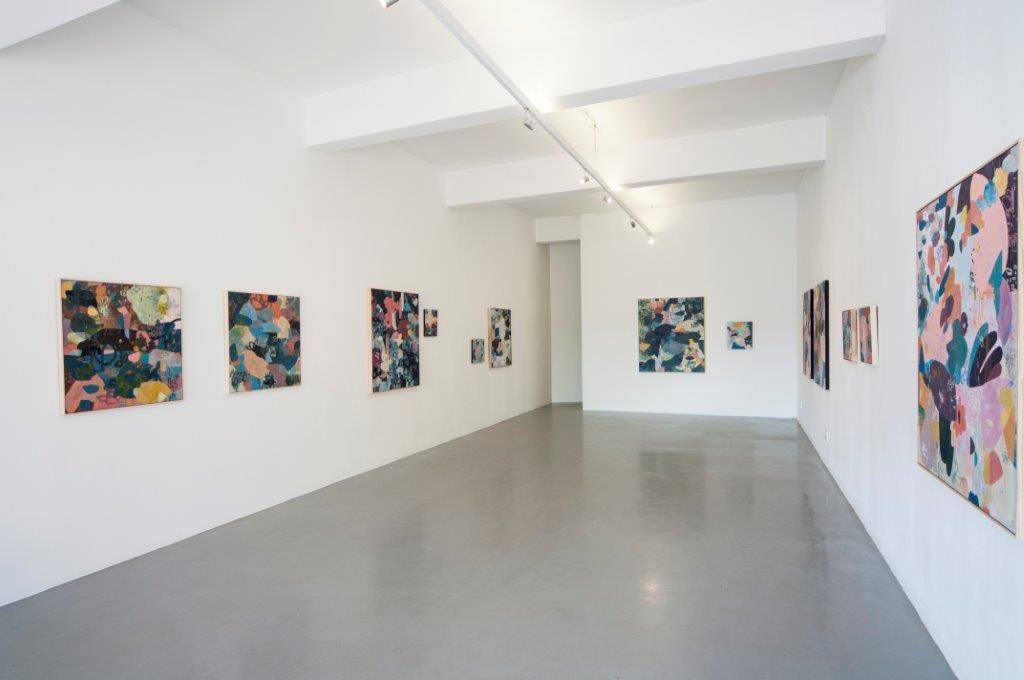
Courtesy David Krut Projects
Organic and non-organic shapes within the painting are foregrounded on the idea of a mark —what the mark communicates and the gestures necessary to create that mark. Through a process of breathing and respiration, these marks create a continuity between the human body and the landscape while at the same time reflecting on the manner in which humans insert themselves into various cityscapes and landscapes (e.g. carving one’s name into a tree, graffiti scratchings on a bus stop).
Senyol and I had a brief conversation prior to the opening of “Markers”.
NM: Can you speak to the title of the show?
PS: “Markers” is an attempt to highlight the process and act of mark-making within my works. It is a title that has been on my mind for a while. The title itself alludes to certain geographic markers that I have come across, as well as the actual implement/tool of a marker pen used to produce the works. Mark-making, repetition and abstraction are key aspects of my process and work.
NM: Can you speak more on this idea of how you see humans imposing themselves onto different landscapes?
SM: There is a tension. As mankind, we impose ourselves onto the natural environment but at the same time we abandon certain areas. These areas that have been permanently abandoned can sometimes show a slow process of reclaiming themselves. I am very interested in the intersection between the natural and manmade spaces. I quite enjoy the spaces where the two meet. Most often this is where present day mark-making is found, for instance street art/graffiti. I really enjoy being in nature, and take a lot of direction from shapes, colours and forms found outdoors. At the same time I also enjoy the grittiness of urban spaces. I draw on both as inspiration in my work.
NM: I’m interested in your reflections on these notions of colour, line and form. How you think through each one of these elements as you make the work?
SM: I enjoy the tension that even a very small line or mark can make on a canvas. Even accidental and unintentional marks can become beautiful…..hopefully this tension and beauty carries through in my work. I often have bits of scrap paper and tracing paper which I use as starting points to make drawings for my paintings. These serve as reductions in composition and give a direction for the paintings. Most are gleaned from quick snapshots on my phone—snapshots of landscapes, cityscapes, flowers, etc. As these get drawn and redrawn they abstract themselves and find their way into my paintings.
NM: I’m interested in understanding your process of making….do these abstractions (in the paintings) end up depicting the movements that you witness as you’re paying attention to the environment or do they end up reflecting a general mood and emotion?
SM: I would say that mood and emotion are a tangible goal for me as I work on pieces. As a painter, I feel as though I am a witness as well as a translator. I draw out combinations of colours and shapes from the environment.

